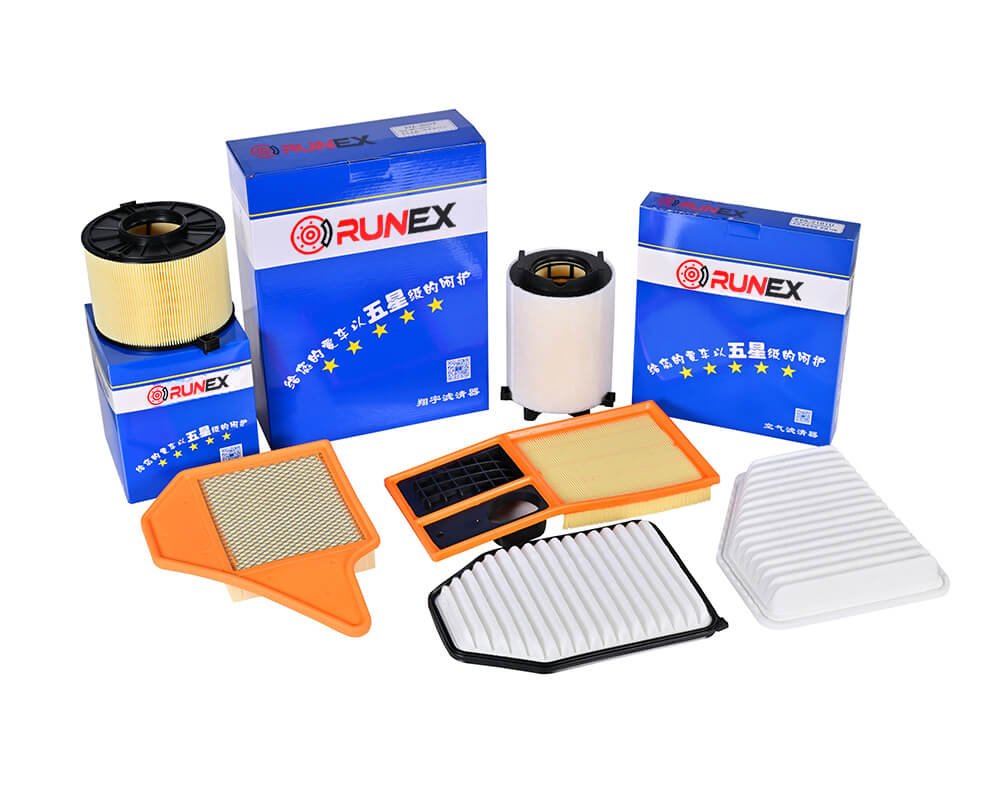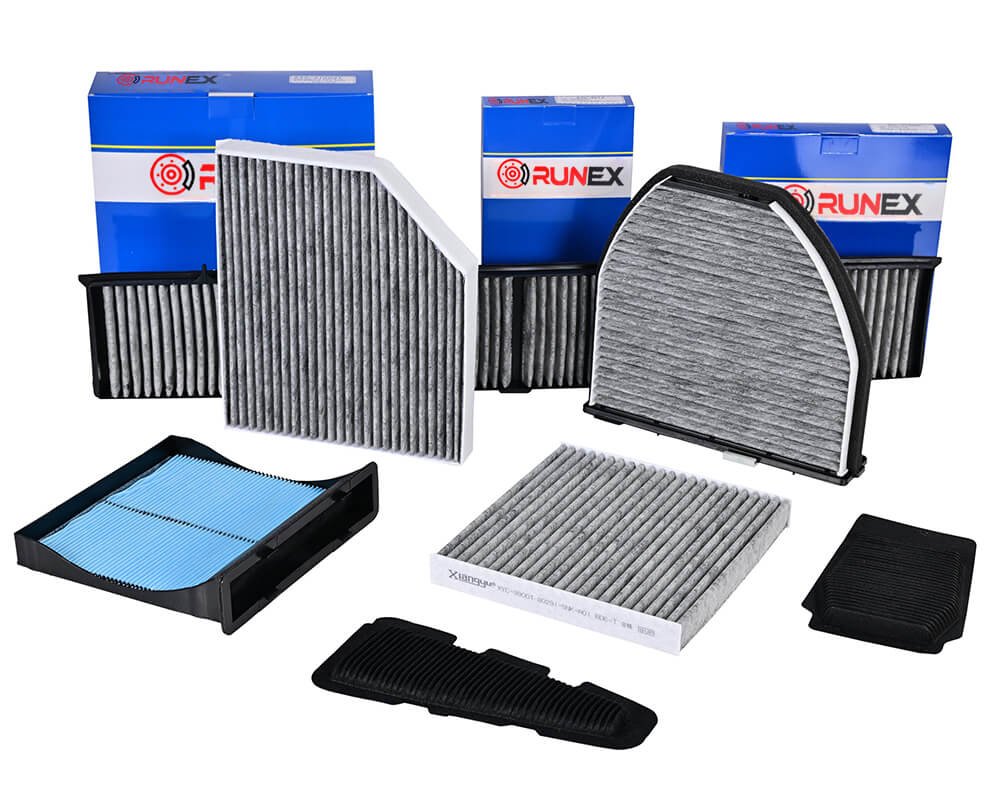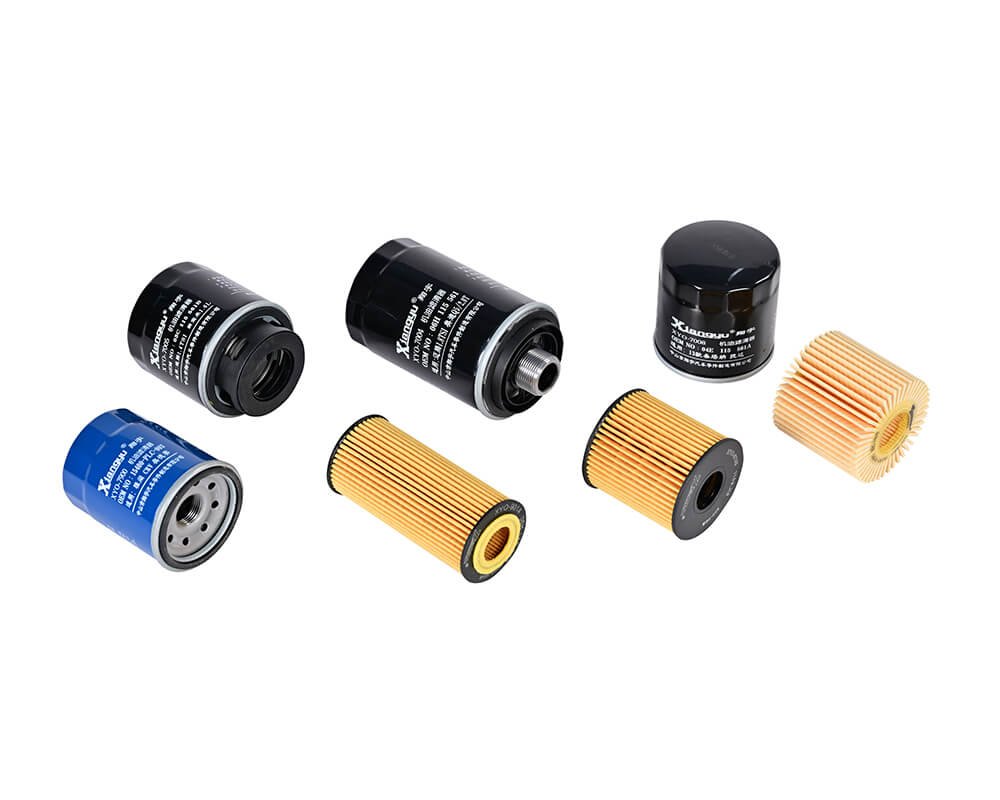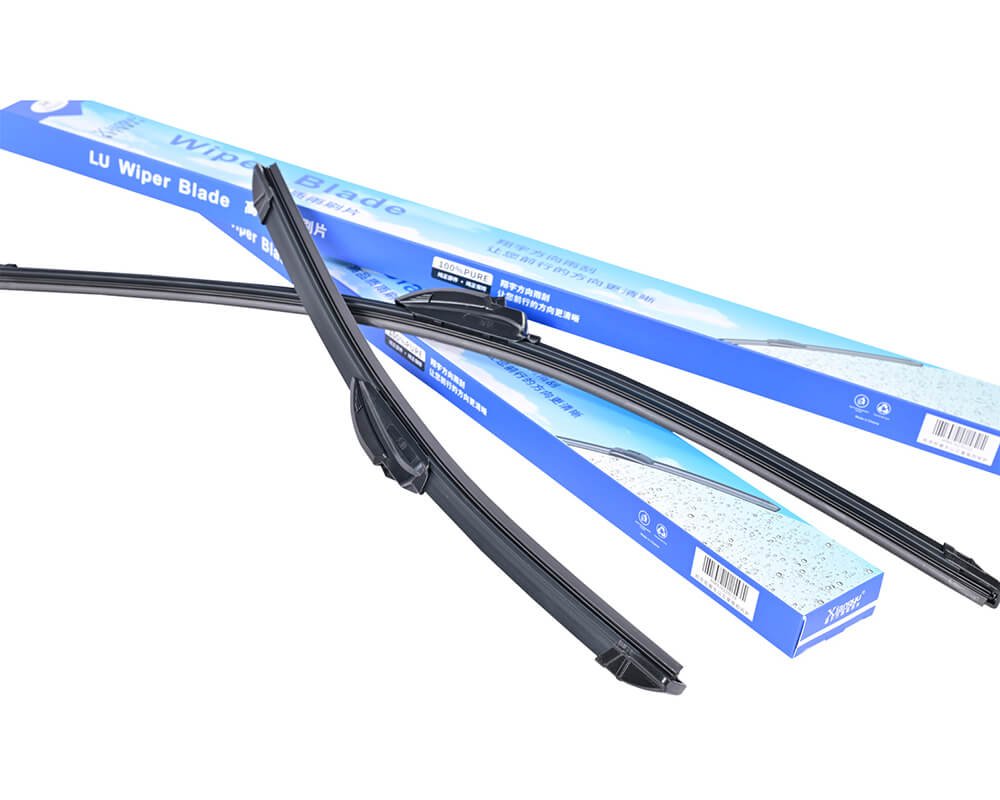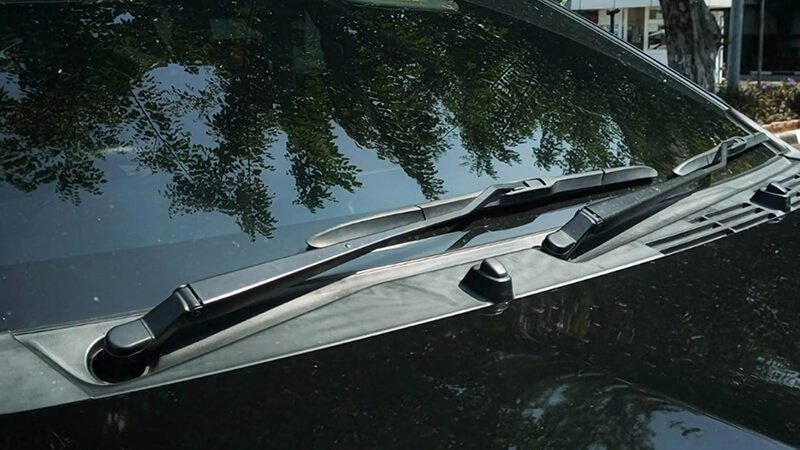Choosing between OEM and ceramic brake pads can be daunting. Each offers distinct advantages, and understanding the differences will help you make an informed decision.
OEM brake pads are designed to meet manufacturer standards, while ceramic brake pads provide superior performance, but at a higher price. Which should you choose?
Let's dive deeper into the advantages and disadvantages of both options to help you find the best brake pads for your vehicle.

Are ceramic brakes better than OEM?
Ceramic brake pads are often touted as superior, but are they really the best choice for your car compared to OEM options?
Ceramic brake pads are made from a mix of ceramic and other materials, offering several advantages over OEM brake pads1. These include reduced brake dust, quieter operation, and better heat dissipation, which can enhance their lifespan and performance, especially for high-performance vehicles. They are particularly popular in luxury and sports cars2, where high durability and low noise are prioritized.
On the other hand, OEM3 (Original Equipment Manufacturer) brake pads are designed specifically for your vehicle by the manufacturer. This ensures that they match the performance specifications and are cost-effective. OEM pads typically offer a balance of durability, comfort, and performance that meets the needs of most everyday drivers.\
While ceramic pads can provide superior performance in specific conditions, OEM pads are usually more than sufficient for regular driving and are a more budget-friendly option.
While ceramic pads can provide superior performance in specific conditions, OEM pads are usually more than sufficient for regular driving and are a more budget-friendly option.

Should I get organic or ceramic brake pads?
When choosing between organic and ceramic brake pads, it’s important to weigh their performance characteristics and what best suits your driving needs.
Organic brake pads are made from a mixture of natural materials like rubber4, glass, and resins. They tend to produce less noise and are gentler on the rotor5, which can reduce wear and tear. However, they typically wear out faster and do not perform as well under high temperatures. For everyday driving, organic pads are often a solid choice if you're looking for a quiet and smooth braking experience.
Ceramic brake pads, while more expensive, offer superior durability and heat resistance. They are designed to perform at a higher level, especially under stress, which makes them ideal for high-performance or heavy-duty vehicles. Ceramic pads also tend to produce less dust and are quieter, though they may be harder on the rotor and more expensive to replace.
If you are an average driver who uses your vehicle for daily commutes or short trips, organic brake pads might be a sufficient choice. If you’re driving a high-performance vehicle or planning on doing more aggressive...
If you are an average driver who uses your vehicle for daily commutes or short trips, organic brake pads might be a sufficient choice. If you’re driving a high-performance vehicle or planning on doing more aggressive driving, ceramic brake pads could provide better long-term value.
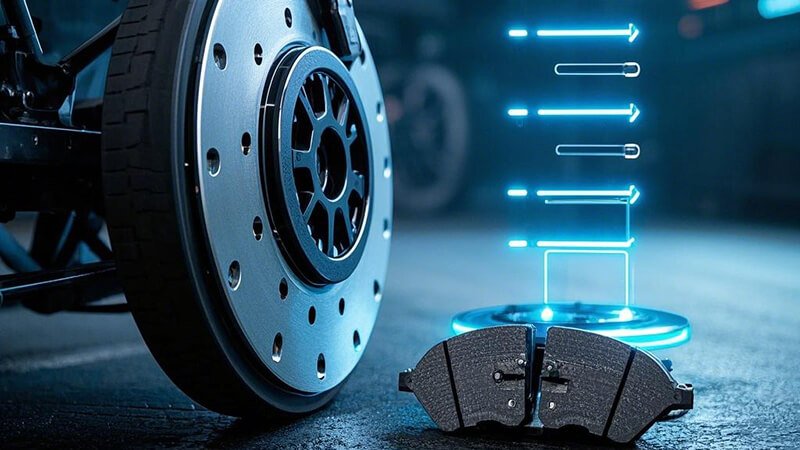
Should I switch to ceramic brake pads?
Leading paragraph: If you are considering switching to ceramic brake pads, it’s important to understand the potential benefits and whether it aligns with your driving habits.
Switching to ceramic brake pads is a popular upgrade for those seeking enhanced performance, durability, and reduced brake dust6. Ceramic pads offer better performance at higher speeds, greater resistance to heat, and less brake fade, making them a solid choice for performance-oriented drivers7 or those with heavy-duty vehicles.
However, for everyday drivers who prioritize cost-efficiency, OEM8 or organic brake pads might offer more practical benefits. If you are happy with the current performance of your OEM brake pads and do not require extreme braking power, switching to ceramic pads might be an unnecessary expense.
Before switching, assess your driving habits9 and vehicle needs. If you frequently drive in conditions that demand a higher level of performance, such as frequent highway driving or towing, ceramic pads could provide long-term benefits.
Before switching, assess your driving habits and vehicle needs. If you frequently drive in conditions that demand a higher level of performance, such as frequent highway driving or towing, ceramic pads could provide long-term benefits.
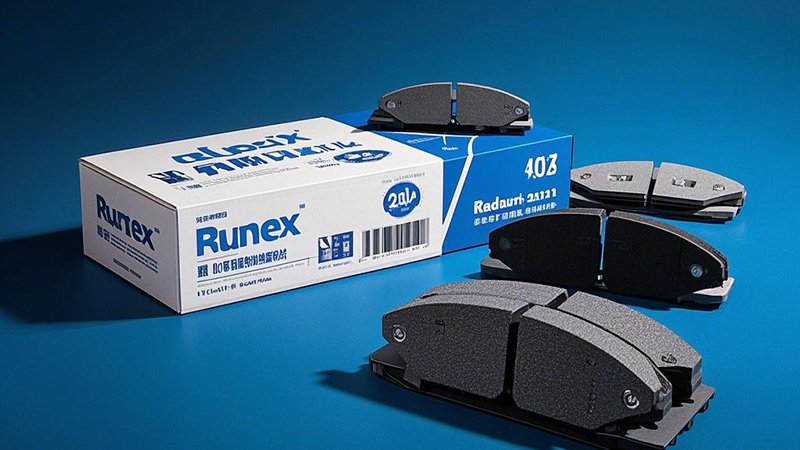
What is a disadvantage of ceramic brake pads?
Leading paragraph: While ceramic brake pads have many advantages, they also come with some notable drawbacks that you should consider before making a decision.
Ceramic brake pads are not without their downsides. One of the most significant disadvantages is their higher cost compared to OEM10 and organic11 pads. The initial investment for ceramic pads can be quite steep, and their replacement costs can also add up over time. Additionally, ceramic brake pads can be harsher on rotors12, potentially leading to increased rotor wear and more frequent rotor replacements.
Another disadvantage is that while ceramic pads perform well in a variety of conditions, they may not be the best choice for extremely cold weather13 or for vehicles that do not require high-performance braking. In these cases, organic or OEM brake pads may offer better performance at a lower cost.
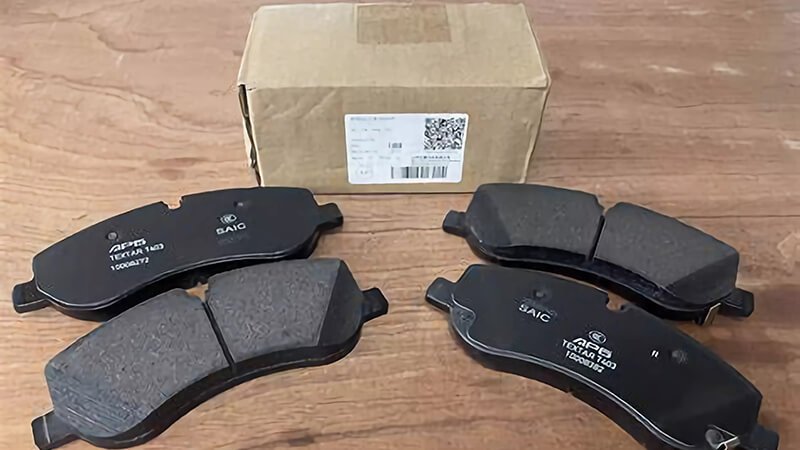
Conclusion: OEM or Ceramic – Which is the Right Choice?
In the debate of OEM vs. ceramic brake pads, there is no one-size-fits-all answer. If you are looking for a reliable, budget-friendly option that meets the needs of daily driving, OEM brake pads are a great choice. They offer the right balance of cost, performance, and comfort for the majority of drivers.
However, if you’re after superior performance, longevity, and reduced brake dust, ceramic brake pads might be worth the investment—especially if you drive a performance vehicle or live in an area with extreme weather conditions. Keep in mind, though, that the initial cost is higher, and the pads may be harsher on rotors.
Ultimately, your choice will depend on your driving habits, vehicle type, and budget. Either way, ensuring that you choose the right brake pad will help keep your vehicle safe and performing at its best. Do not hesitate to get in touch with us.
-
Learn how ceramic brake pads differ from OEM pads in terms of materials and performance. ↩
-
Understand why high-performance vehicles favor ceramic brake pads for better performance. ↩
-
Get more information on OEM brake pads and their specific benefits for regular cars. ↩
-
To learn how rubber contributes to the braking process and its advantages in organic pads. ↩
-
Understand the role of rotors in brake systems and why they are affected by brake pad materials. ↩
-
Explains the benefits of ceramic pads in reducing brake dust, making them ideal for cleaner wheels. ↩
-
Helps identify characteristics of performance-oriented drivers and their brake needs. ↩
-
Clarifies when OEM pads might be a better fit than ceramic pads, especially for regular drivers. ↩
-
Offers insights on choosing the right brake pads based on your driving style and conditions. ↩
-
Helps readers understand the cost and performance comparison between OEM and ceramic pads. ↩
-
Provides insight into organic pads, useful for comparison with ceramic pads. ↩
-
Explains how different brake pad materials impact rotor wear. ↩
-
Offers insight into why certain pads may perform poorly in cold conditions. ↩




